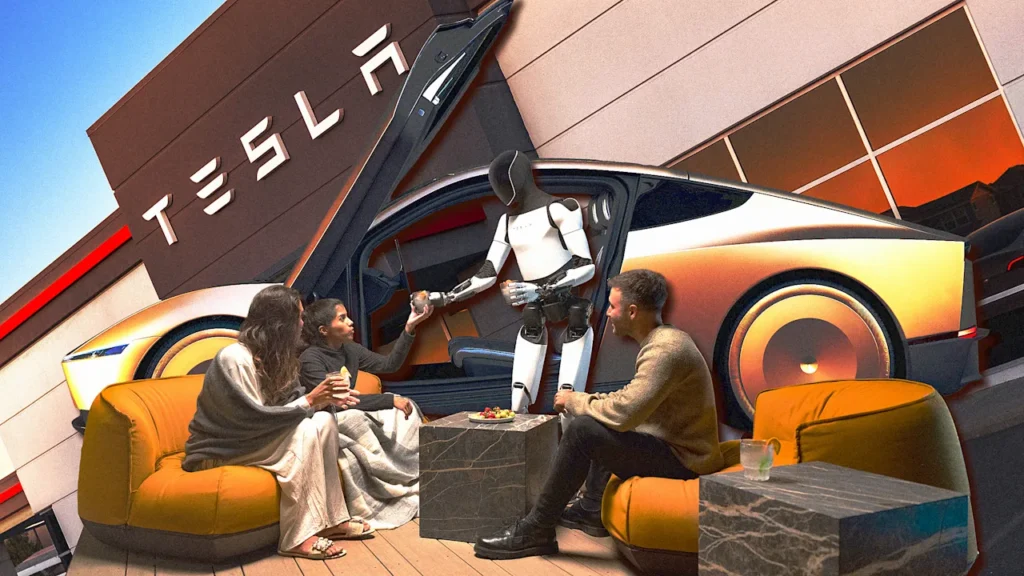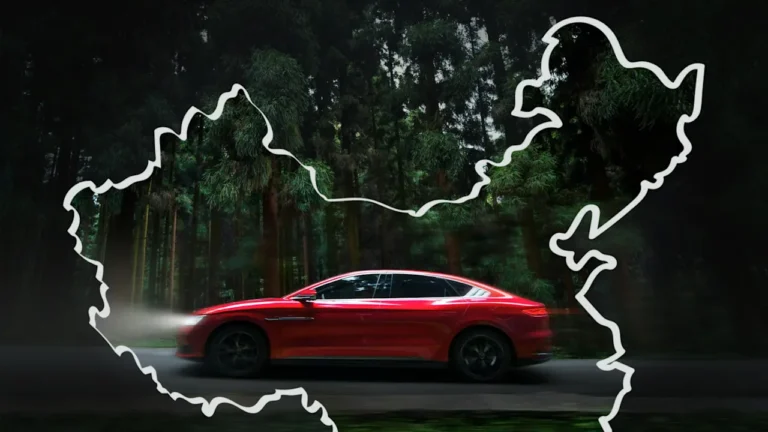
Tesla hasn’t enjoyed a lot of good news lately. Just the last few days have brought news of the electric car-maker’s dimming sales in Europe—down 42% in the European Union compared to a year ago, in the face of competition from Chinese rival BYD—and a recall in Australia of Model Y SUVs to address a potential software glitch that may cause passenger windows to close with excessive force. In its most recent quarter, the company reported revenue of $22.5 billion, a 16% decrease.
So it makes sense that this week Tesla made a fresh effort to change the story about the brand and its trajectory. It did so with the release of its latest “Master Plan,” a public document intended to declare its future goals and plans. It’s safe to say, not everyone was convinced. Critics complained that, at best, it’s vague, and at worst sounded like AI-generated buzzword soufflé. (“Our desire to push beyond what is considered achievable will foster the growth needed for truly sustainable abundance.”)
While this did not appear to be the conversation-changer Tesla sought, the company is right to try to give the narrative around its business a boost. CEO Elon Musk seemed to acknowledge this when he posted on X that 80% of Tesla’s value will eventually come from its Optimus robots—a prediction that, while lacking details, was quickly picked up as a sign that he is thinking beyond EVs.
The problem is that Musk has projected similar narratives before: namely, that Tesla’s future is really about self-driving taxis, humanoid robots, artificial intelligence, or a combination of all the above. The narrative hasn’t stuck, partly because Tesla isn’t really a leader in any of those sectors. Even his latest Optimus prediction was tossed in among what has now become a familiar manic barrage of X posts about a variety of cultural and political issues that have nothing to do with making cars or running a business.
The Tesla Master Plan seemed to be worth only a sliver of the CEO’s attention. (And that’s despite the company recently granting Musk $29 billion in new Tesla shares in what seemed like an attempt to get him to focus).
A master plan to rule all other master plans
This is actually Tesla’s fourth Master Plan, and in a way they have all been marketing documents. The first two were written by Musk himself, basically blog posts as impassioned manifestos; the third was a nerdier, benchmark-filled white paper. Each offered a narrative around Tesla’s mission, its context, its supposedly world-changing implications.
But lately, the Tesla narrative has come from without: the apparent flop of the Cybertruck, the loss of market share for even its more successful vehicles, the endless controversies stemming from Musk’s DOGE adventures, culminating in his de facto dismissal from President Trump’s inner circle.
The upshot is an ongoing case study of a once-mighty but now-tarnished brand. And to be clear, the brand’s historic strength is significant, and retains considerable loyalty from consumer and investor fans alike. The company is still worth more than $1 trillion, and its shares are trading at around $340, which is right in between a recent range of about $220 in March to $488 last December. It might even get a short-term sales bump from EV shoppers looking to buy before the Trump administration phases out consumer incentives.
The whole sector is in for a challenge once that happens. While Tesla spins its wheels on putting forward a story about that brand’s next chapter, rivals are racing to define the brand from the outside. Musk, his attention still seemingly divided as he posts constantly on X, flirts with politics, and scraps for a lead role in the AI free-for-all, used to be the lead author of the Tesla narrative. It’s a brand that has been defined far less by traditional marketing than by its CEO’s endless zeal. With that zeal directed elsewhere, a different Tesla story is taking hold: an EV maker run by a guy who doesn’t really care about cars anymore.

